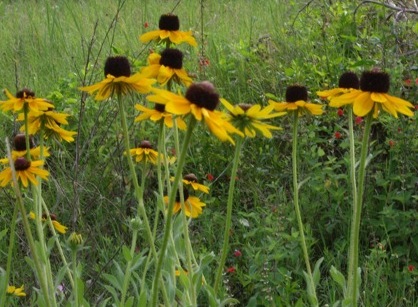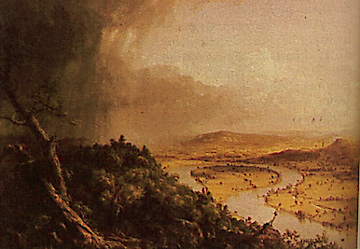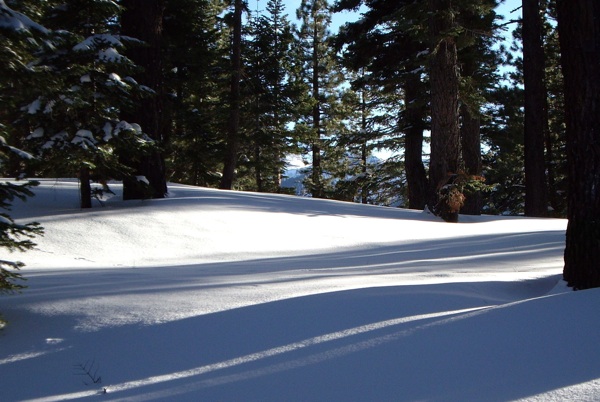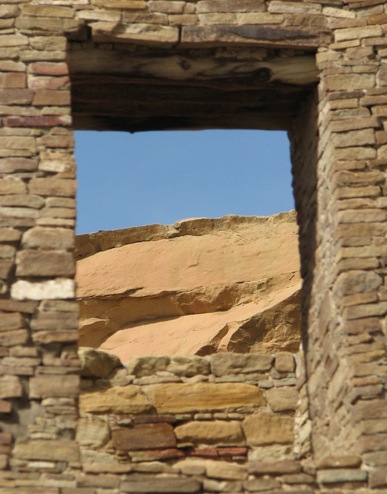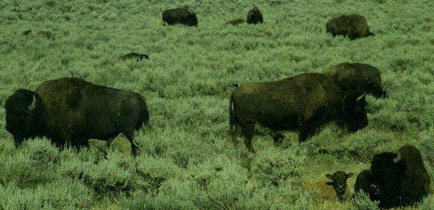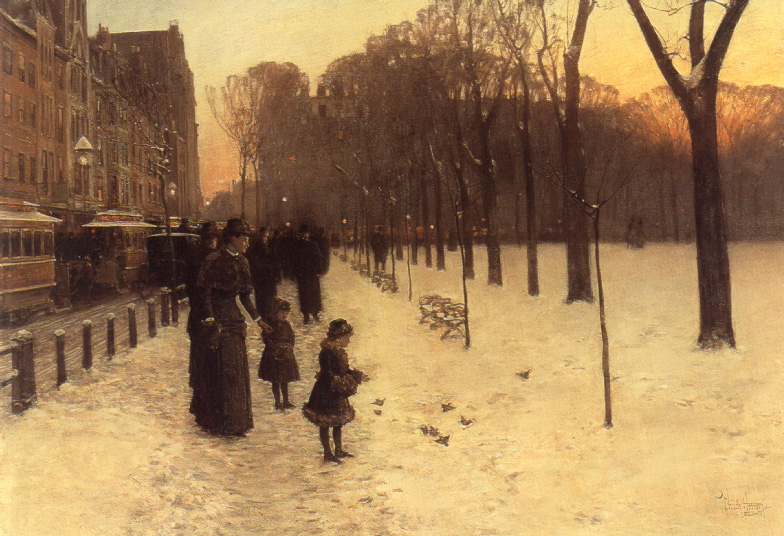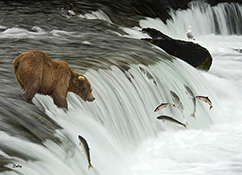 defining terms
defining terms Navigating the site:
What is wilderness, strictly speaking?
Oxbow, by Thomas Cole (1836), The Hudson River School
Kaaterskill Falls, Catskill Mountains –Cole
Twilight in the Wilderness , –Church
Wilderness and the American Mind, by Roderick Frazier Nash.
Origins | indigenous conditions | frontier antipathy | urban origins | Sublime
The pioneers' versus painters' views of the "wild frontier."
"The Wild-man as Superman tradition"
" 'Wilderness' has a deceptive concreteness at first glance."
p. 1
"Wilderness of course, also had significance in human terms. The idea of habitat of wild beasts implied the absence of men, and the wilderness was conceived as a region
Contra – point:
Henry Adams completely reversed the original significance of the term," when .. in 1880, he wrote "a wilderness of men and women"
p. 3.
What we see is crucial to what we can know.
Red fir vegetation zone on a mountain.
"The emphasis here is not so much what wilderness is, but what men (people) think it is."
"an accommodation to the subjective nature of the concept."
pp. 5-6.
"The New World was also wilderness at the time of discovery because the Europeans considered it such. They recognized the control and order of their civilization imposed on the natural world was absent and man was an alien presence."
p. 7.
"The value system of primitive man was structured in terms of survival."
p. 8.
New Mexico's Bandelier National Monument, JVS 1984. & Chaco Butte through a Puebloan doorway, JVS, 2011.
The above ruins are from the agrarian, Anasazi peoples of the Rio Grande valley.
Does the above picture suggest "primitive" qualities of the America's original residents?
Oglala Lakotah (upper plains or northern Great Plains) people "did not think the great open plains, the beautiful rolling hills and winding streams with their tangled growth as 'wild.' Only to the white man was nature a 'wilderness' and …the land 'infested' with 'wild animals' and 'savage' people."
Headman (Chief) Standing Bear
"The identification of the arid wasteland with God's curse led taut conviction that wilderness was an environment of evil."
pp. 14-15.
Deuteronomy as opposed to Exodus in the Torah depicts wilderness as a cursed land "the abode of demons and devils."
p. 15.
The Columbia River gorge: a landscape cut by a flood of biblical proportions.
The "gloomy, dreary and unhallowed wilderness" of the Columbia River.
To the pioneers the wilderness was both a physical fact and a "sinister symbol"
- obstacle to be overcome, "tamed"
- a wasteland where moral chaos and emotional confusion persist and engulf us .
p. 24-25.
"The unfavorable attitude towards wilderness that Tocqueville observed in Michigan also existed on other American frontiers."
p. 23.
"Tocqueville, on the whole, was correct in his analysis that 'living in the wilds' produced a bias against them. Constant exposure to wilderness gave rise to fear and hatred on the part of those who had to fight it for survival and success."
p. 43.
Another view-- the impact of remoteness on the American imagination.
Childe Hassam, Boston Common, Oil on Canvas, American, 1885.
"Appreciation for wilderness began in the cities."
"The ideas of these literati determined their experience..."
p. 44.
Eighteenth Century was the enlightenment, or Age of Reason.
"To signify this new feeling about wild places the concept of sublimity gained widespread usage in the eighteenth century."
p.45.
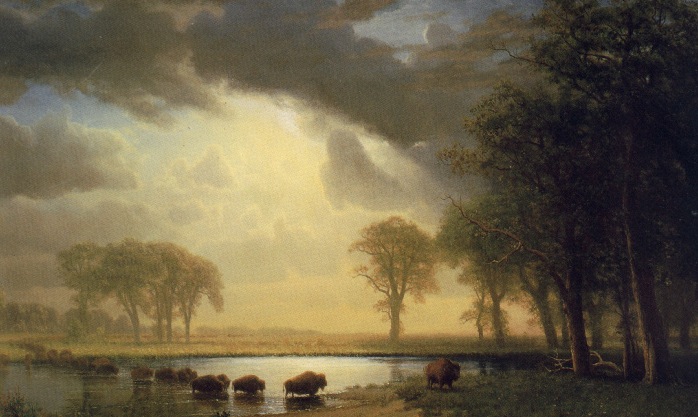
Albert Bierstadt, Bison Trail, 1867 Oil on Canvas; Boston Museum of Fine Arts.
"...the wild sublimities of nature."
Chataubriand wrote about America.
p. 49. Wilderness and the American Mind, by Roderick Frazier Nash.
Origins | indigenous conditions | frontier antipathy | urban origins | Sublime
Forests | Island Civilization by Nash | Salmon & woodlands

